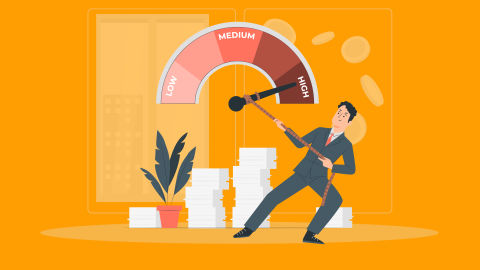You may aspire to buy things that will improve your life and well-being. However, not everyone has the funds to pay for these things all at once. Fortunately, there are numerous types of consumer credit available to assist in purchasing those products without having to pay huge sums of money immediately. In this article, we will look at the concept of consumer credit, its various types, and how it works.
What is consumer credit?
Consumer credit is a type of credit that enables individuals to borrow money for personal or household expenses. It allows people to borrow money for things they cannot afford right away, like a car, a house, or college tuition. Consumer credit usually includes credit cards, personal loans, home loans, and auto loans.
Understanding different types of consumer credit
Consumer credit is broadly classified into two types: open-end credit, also known as revolving credit, and closed-end credit, often known as instalment loans.
- Open-end credit: It is a line of credit that a borrower can use up to a set amount, and the borrower may draw on this credit repeatedly until the predetermined limit is reached. Credit cards and revolving lines of credit are some of the examples of open-end credit.
- Closed-end credit: It is a one-time loan that is repaid over a particular period with a fixed amount of money to be owed at the end of the term. Examples of closed-end credit include personal loans, car loans, and home loans. Monthly payments are made over the loan's term, with a fixed interest rate, and repayment schedule.
How consumer credit in finance works
Borrowers can obtain consumer credit by applying with a financial institution or lender. The lender will assess the borrower's creditworthiness before deciding the amount of credit and the related interest rates and costs.
Credit cards are a popular type of consumer credit offered by issuers including banks and credit unions. The cardholder may borrow funds up to the credit limit and repay the borrowed amount with interest. Late payments and unpaid balances may result in additional interest, late fees, and other penalties.
Secured personal loans, auto loans, and mortgages are examples of secured credit. In this type of credit, the borrower uses an asset, such as a car or a home, as collateral to guarantee the loan.
While consumer credit can help people get access to goods and services they might not have been able to purchase otherwise, it also carries certain risks. Before deciding to borrow, be sure you understand all the terms, fees, and APRs (annual percentage rates) involved. Having a plan in place to repay the debt on time and maintaining a positive credit history will also help with future applications to seek credit.
Finally, if you are considering borrowing for personal or home purchases, thoroughly understand consumer credit, including its various types, benefits, and risks. To secure a healthy financial future, take the time to assess all of your credit options properly, understand the terms, and plan your repayments.




